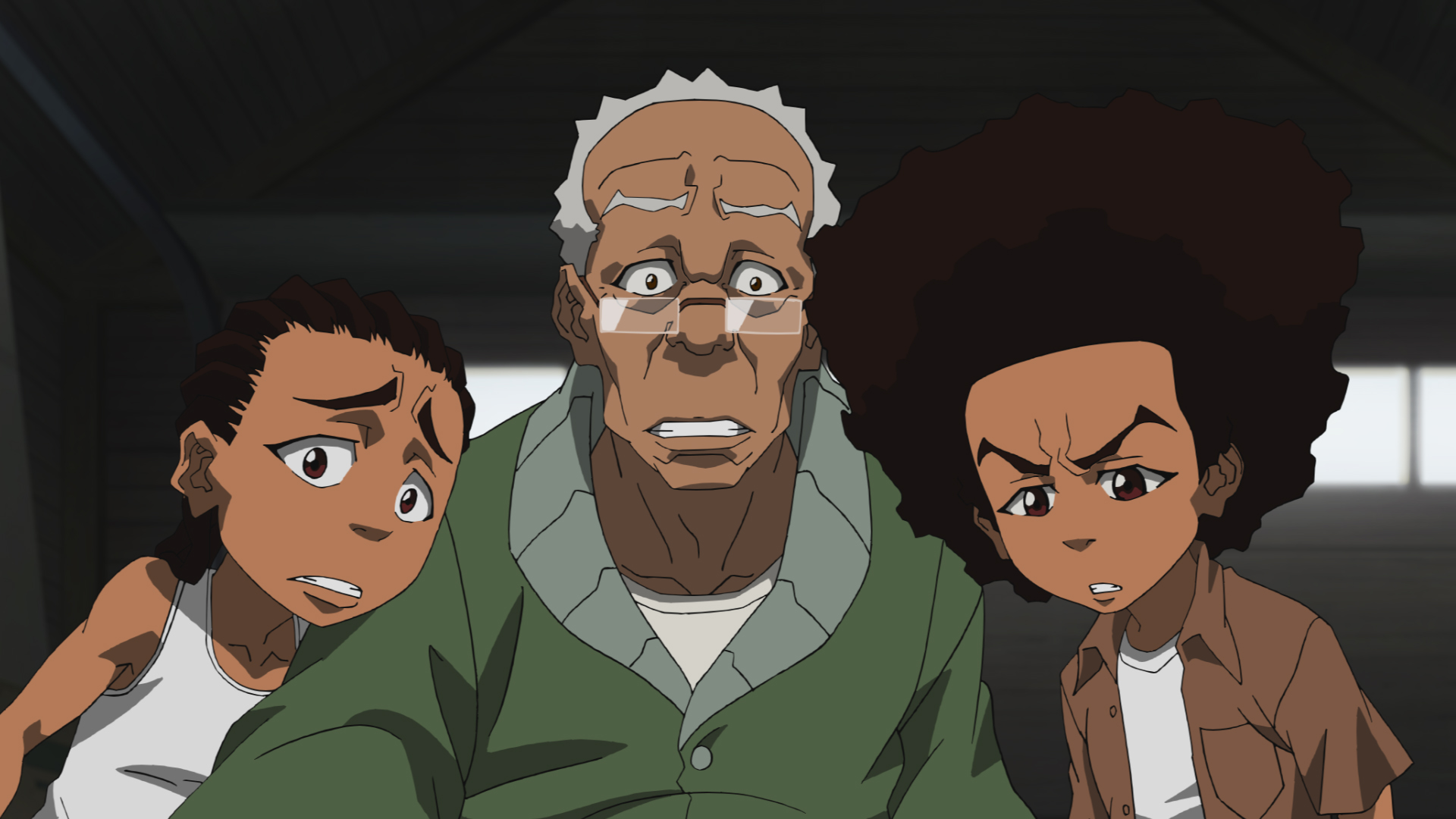English Dub Season Review: Vampire Dormitory Season One
Overview (Spoilers Below):
After Mito Yamamoto (Nia Celeste) loses her parents and is fired from her job, she must fend for herself on the streets disguised as a boy. She comes across a stranger named Ruka Saotome (Comona Lewin) and learns his dark secret—he’s a vampire! Ruka invites Mito, still in disguise, to live in an all-boys dorm. Mito exchanges her blood for a place to stay, but a budding romance and her true identity threaten all that hangs in the balance.
Our Take:
Vampire Dormitory is an anime adaptation of a manga series written and illustrated by Ema Tōyama. It is directed by Nobuyoshi Nagayama, with Touko Machida writing the screenplays and Naomi Tsuruta handling the character designs. It is produced by Studio Blanc, which is known for producing other shows like Ro-Kyu-Bu!, The Reincarnation of the Strongest Exorcist in Another World, and Ayaka: A Story of Bonds and Wounds. The opening theme song is “Sugar Blood Kiss”, performed by Fantastics, and Every Little Thing performed the ending theme song, “Mata Ashita” (“See You Tomorrow”).
2008 was the year the vampire trend soared into our minds mainly due to the massive phenomenon known as the “Twilight Saga”. While they’re far from masterpieces in the young adult genre, many teenagers couldn’t get enough of the unique relationship between a human and a handsome, blood-sucking vampire. Plus, the franchise is responsible for launching the careers of Kristen Stewart and Robert Pattinson, with the latter joining the DC universe as the Caped Crusader. Sixteen years later, the element that popularized Twilight is revived, thanks to an anime adaptation that emphasizes the phrase “love bites”.
Regarding its concept, Vampire Dormitory is what I would describe as a mixture of Twilight and She’s the Man with some LGBT representation sprinkled into it. In my eyes, Twilight was an easy comparison to use because of the show’s vampiric romance aspect. Unfortunately, the lack of werewolves may turn off specific fans of the young adult book series. I initially considered using Mulan as another comparison since it’s also about a girl pretending to be a boy. However, the 2006 adaptation of William Shakespeare’s Twelfth Night starring Amanda Bynes seemed better since they both occur on campus. The similarities between the two are admittedly hard to ignore while watching Vampire Dormitory, but it offers a few merits to help it stand on its own.
One of them is its LGBT representation, mainly the classmates Takara Kagurazaka (Matt Shipman) and Juri (Lexi Nieto). While there are instances of Ruka’s assumed queerness toward Mito’s boy disguise, they’re meant to drive the generic romance between him and Mito. In other words, it’s an uninspired case of queerbaiting that periodically compensates for Mito’s quest for acceptance amid her gender identity crisis. However, that isn’t the case with Takara and Juri. The sixth episode, “The pretty boy is heartbroken?!”, showcased that Juri has a crush on Takara and wants to confess his love to him. While it doesn’t match the authentic emotion it’s going for, the development between the two is another step in the right direction regarding its representation in anime.
Despite its characters having a few moments of charm, it’s hard to ignore that they follow the basic tropes as the season progresses. The main examples are the protagonists, Mito and Ruka. Nia Celeste and Comona Lewin were both solid choices to voice the two distinctive lovebirds, but the character arcs periodically tread their paths of idiocy after a promising start. This started in the tenth episode, “The pretty boy transforms.” That episode has Mito still hiding her identity even though Ren’s magic transformed her into a boy. Additionally, Mito lets herself fall into the river after assuming Ruka chose to be with someone else even though Ruka could save them both. Some might even say Ruka is also dumb for not seeing Mito as his “destined partner”, but that’s because he didn’t know Mito was a woman in disguise. It shows that the romance genre can be challenging to tolerate if we don’t have the right mindset. The tropes in Vampire Dormitory didn’t bother me as much as others, but I can admit that some of the characters’ choices were more dumb than understandable.
Regarding my experience with Studio Blanc, Vampire Dormitory was the second anime I watched produced by the animation company. The first was last year’s The Reincarnation of the Strongest Exorcist in Another World, which I thought was mostly tolerable. Fortunately, its decent animation from Studio Blanc compensated for most of that show’s narrative shortcomings. The same can be said for Vampire Dormitory, whose animation is as pretty as Mito’s red eyes. Its presentation doesn’t offer anything revolutionary, but everything else, including its vibrancy and shimmering color, is enough to forgive its basic narrative elements.
Overall, Vampire Dormitory takes a suitable bite out of the romance genre, but its blood is anything but delicious. Its charm and LGBT representation had some good merits that made the season’s first half tolerable, and the animation was suitable for its vibrant presentation. However, it wasn’t until the second half that the tropes and direction cracks became more sensitive to sunlight. Understandably, people who enjoy watching romance anime would likely feel the same way about Vampire Dormitory, regardless of its flaws. But in terms of quality and storytelling, there’s better blood somewhere to feast upon.

























"There are also other characters that come and go (also owned by the Warner Bros. Discovery conglomerate media company)."
Huh. Is that just referring to other characters from the show itself, or is this implying that the new season is going to have cameos from other WBD IPs